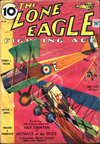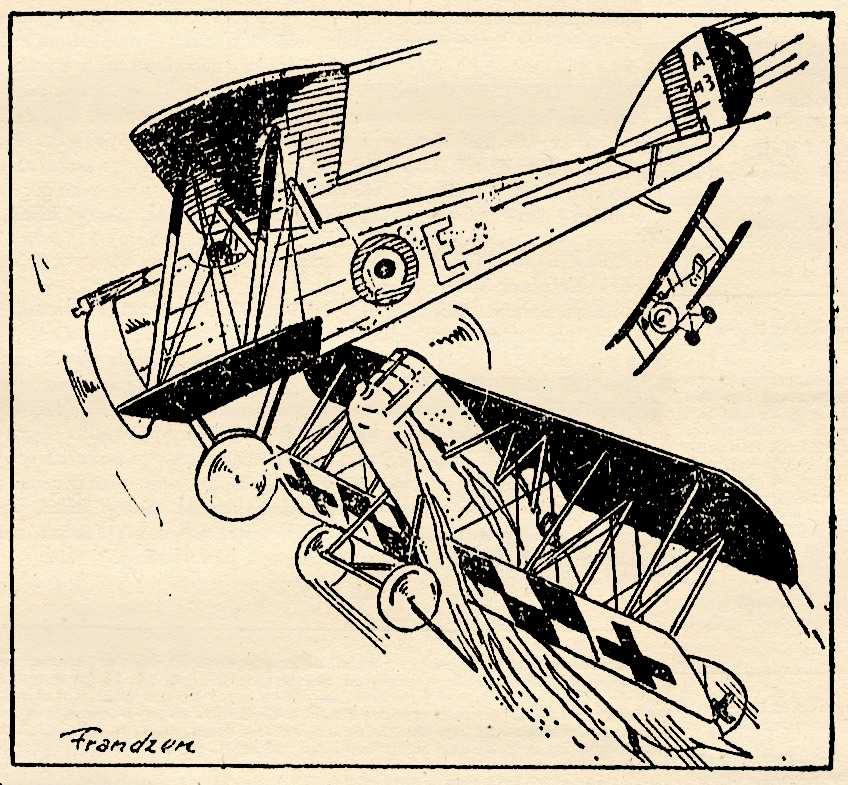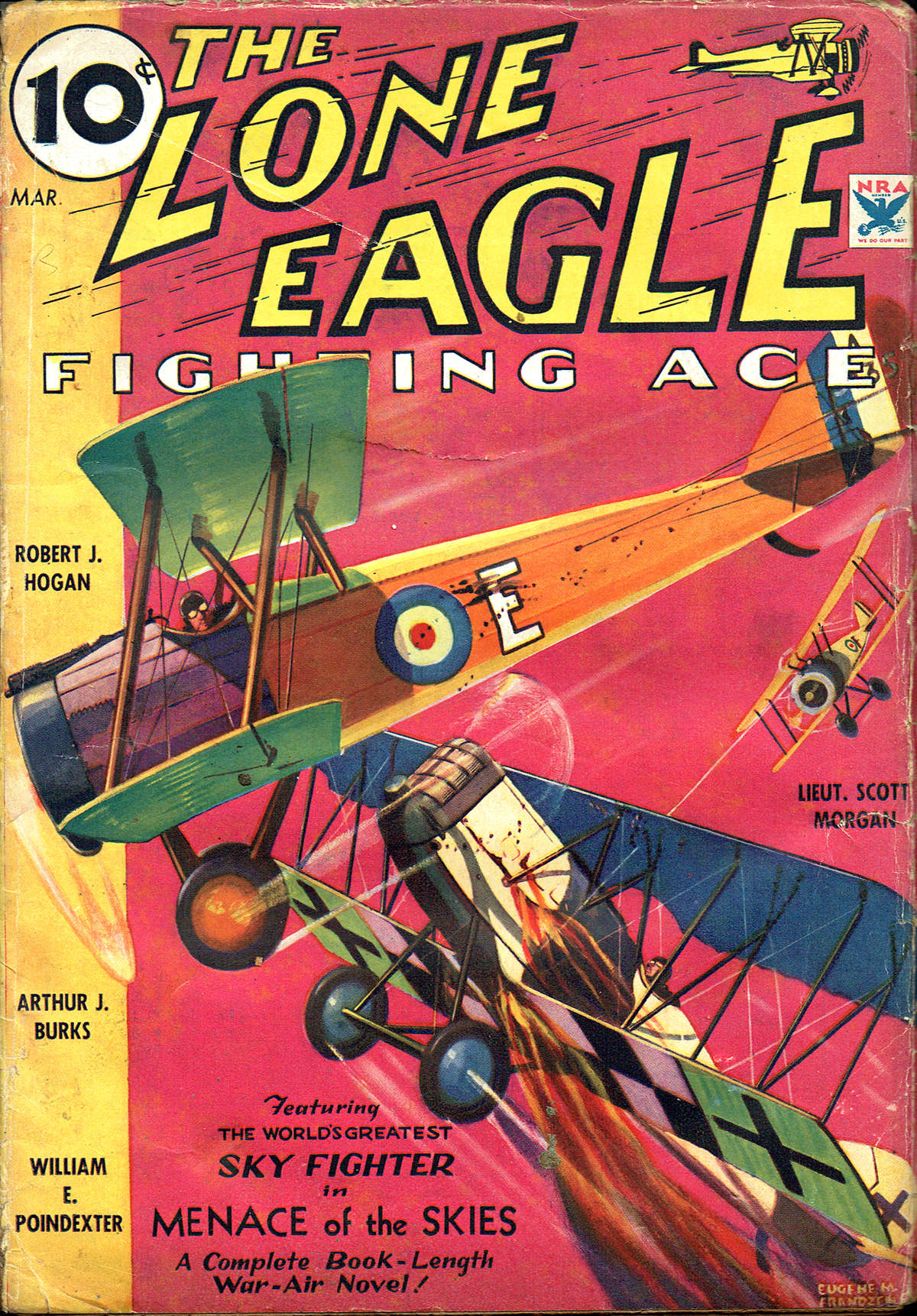“Sky Birds, July 1934″ by C.B. Mayshark
THIS May we’re celebrating the genius that is C.B. Mayshark and we’re getting things rolling a day early! Mayshark took over the covers duties for Sky Birds with the July 1934 and would paint all the remaining covers until it’s last issue in December 1935. At the start of his run, Sky Birds started featuring a different combat maneuver of the war-time pilots. The lower corner presenting a play-by-play of that month’s maneuver with the remainder of the cover illustrating it. For his inaugural issue Mayshark gives us “The Barrel-Roll Death Trap!”
Combat Maneuvers of War-Time Pilots:
The Barrel-Roll Death Trap
THE rear gunner—aerial 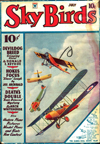 gunner to the trade—was a much misunderstood figure. Few people today realize that the R.F.C. used many noncommissioned men on their fighting ships. As a matter of fact, the R.F.C. gunner was an important figure in the victorv that the Allied aerial arm scored over the enemy.
gunner to the trade—was a much misunderstood figure. Few people today realize that the R.F.C. used many noncommissioned men on their fighting ships. As a matter of fact, the R.F.C. gunner was an important figure in the victorv that the Allied aerial arm scored over the enemy.
Take this month’s fighting maneuver, for instance. Here’s a case where the rear gunner was the real brains of the action. The D.H.9 in the foreground is being piloted by an officer, but he is, at the moment, under the direct guidance of the N.C.O. gunner, who might be anything from a second-class air mechanic to a sergeant.
The case in question is the matter of maneuvers while being attacked by single-seaters. The D.H.9’s are coming home from a bombing show. They have already dropped their load on Manheim, Ghent, Gontrode, or perhaps even the submarine bases above Ostend. All they have to do now is return to the back area, where they will be picked up by the advance scouts—Camels, S.E.G’s, or Spads-who will escort them over the lines.
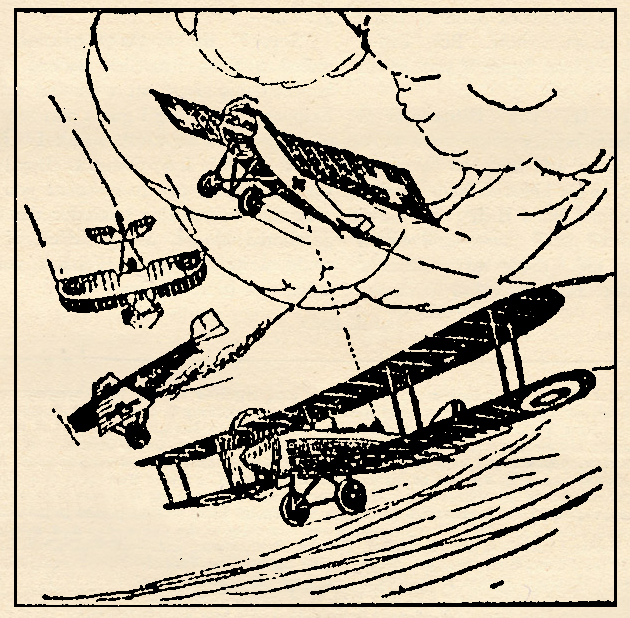
But in the meantime, twenty or thirty miles have to be negotiated before they can expect such protection, and from their objective back to this point, the bombers have to rely on their own ability. So far, they have managed to hold formation, but at a point about fifteen miles from the line they run into a bank of cumulus clouds and are forced to break up for safety. You can’t fly formation in cloud banks.
This break-up gives the enemy scouts their chance. They pick on the lame ducks, the ships that stray too far away from the original line of flight.
That’s where the rear gunner comes in. As the Siemens-Schuckert monoplane sweeps in for the kill, the rear gunner taps the pilot on either side of the shoulder to indicate which way he should turn. Then, when things get too hot, he feigns being wounded and holds his fire.
The German single-seater darts in for the final burst. Then, watching closely, the gunner signals a fake loop. The D.H.9 starts the loop and the S-S follows. But the D.H.9, gaining speed in the dive, suddenly goes into a fast barrel roll. The S-S ship continues the loop, and when her belly is shown, the rear gunner comes suddenly into action with his Lewis gun. In the loop, the single-seater is slow and offers a rare target. The gunner lets drive with all his might and plants a beautiful row in her dirty belly. A tracer finds the tank and sets her afire. The poor German, wondering where the D.H.9 went to, suddenly finds himself sitting in a blazing cockpit. The rest is history. It was the maneuvering of the gunner that brought this about—but the officer will probably get credit for the kill!
The Siemens-Schuckert shown in the picture is an unusual ship. It is a monoplane with the old Oburursal rotary, a copy of the Le Rhone, but it was fast in maneuvers. Few were flown on the Western Front, but a number were sent to Austria to combat the fast Italian Fiat chasers.
The D.H.9, one of the best two-seater bombers of the war, was powered with the B.H.P. 240-h.p. motor, a plane that was unusually suitable for fine streamlining, as seen in the nose detail. At 10,000 feet, it had a speed of 110 m.p.h. and was one of the important units of the R.F.C. in the late months of the war.
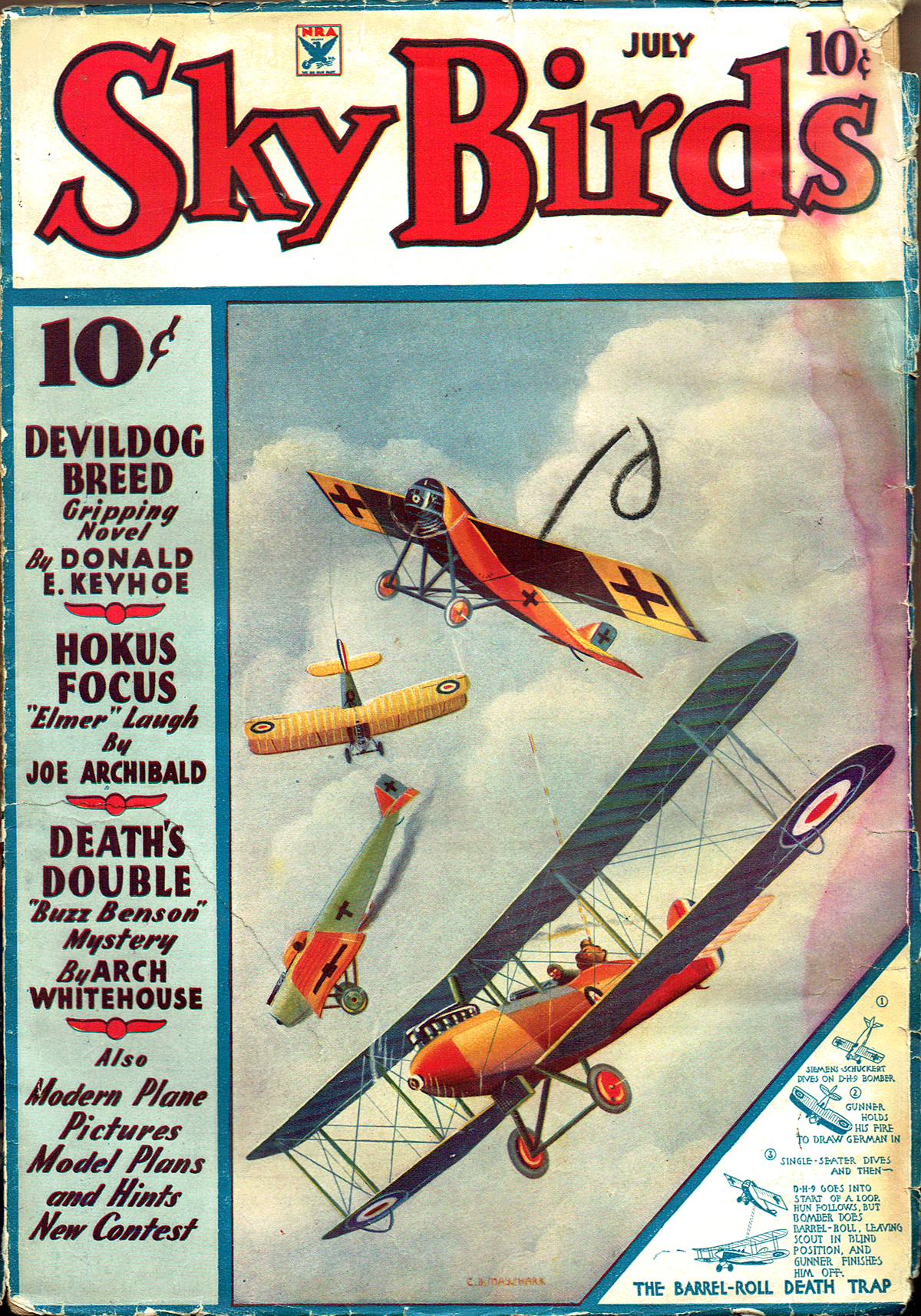
Sky Birds, July 1934 by C.B. Mayshark
(Combat Maneuvers of War-Time Pilots: The Story Behind This Month’s Cover)





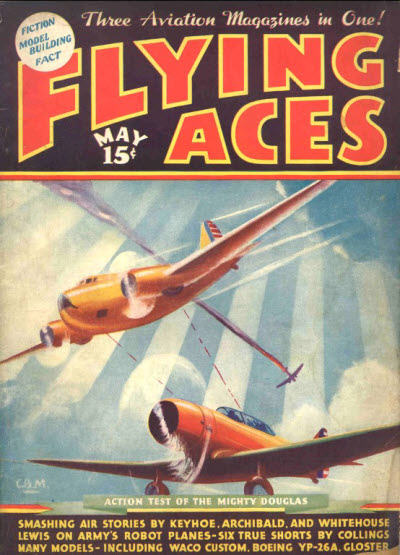 That sound can only mean one thing—that Bachelor of Artifice, Knight of Calamity and an alumnus of Doctor Merlin’s Camelot College for Conjurors is back to vex not only the Germans, but the Americans—the Ninth Pursuit Squadron in particular—as well. Yes it’s the marvel from Boonetown, Iowa himself—Lieutenant Phineas Pinkham!
That sound can only mean one thing—that Bachelor of Artifice, Knight of Calamity and an alumnus of Doctor Merlin’s Camelot College for Conjurors is back to vex not only the Germans, but the Americans—the Ninth Pursuit Squadron in particular—as well. Yes it’s the marvel from Boonetown, Iowa himself—Lieutenant Phineas Pinkham! 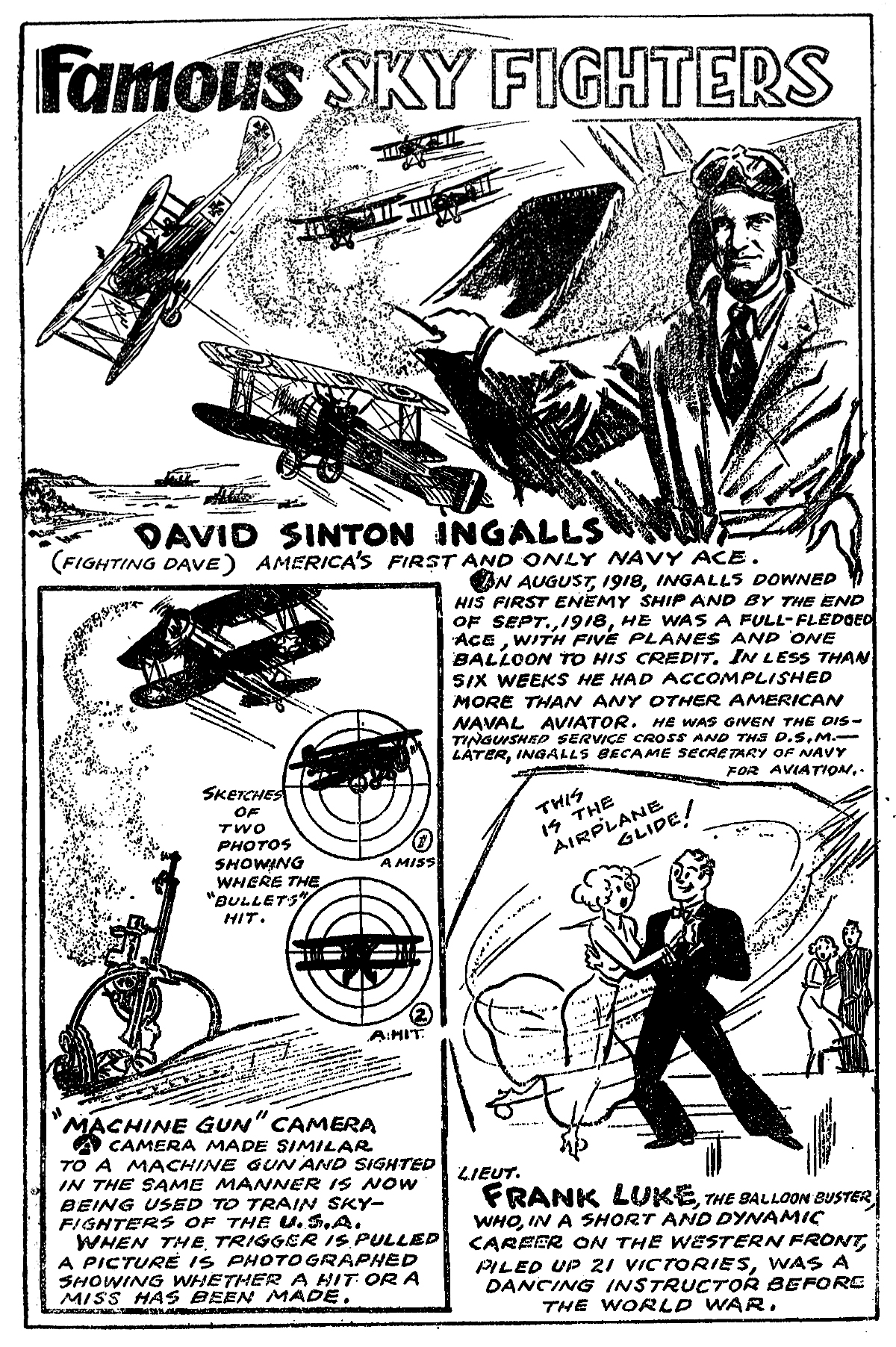
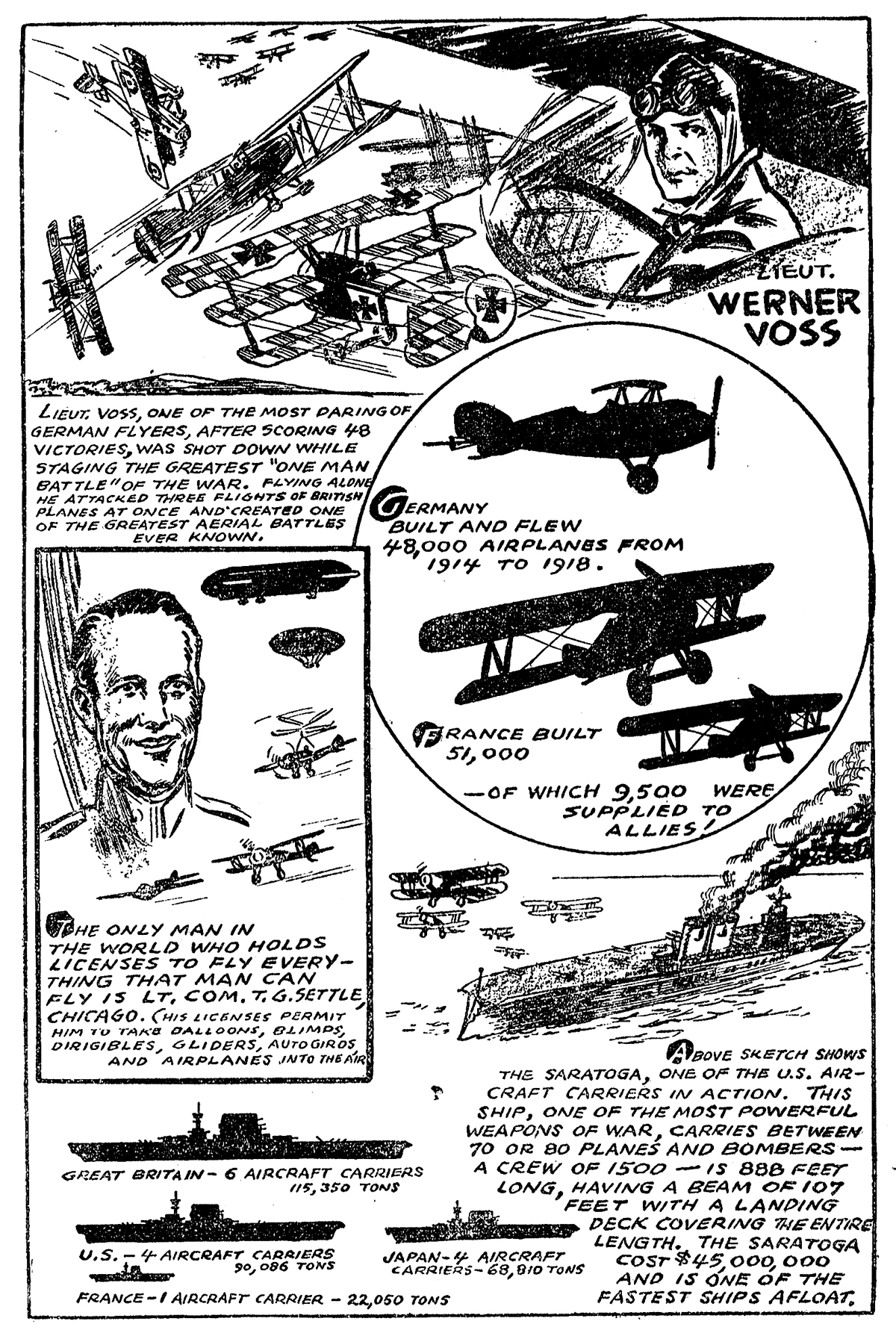
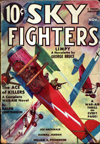
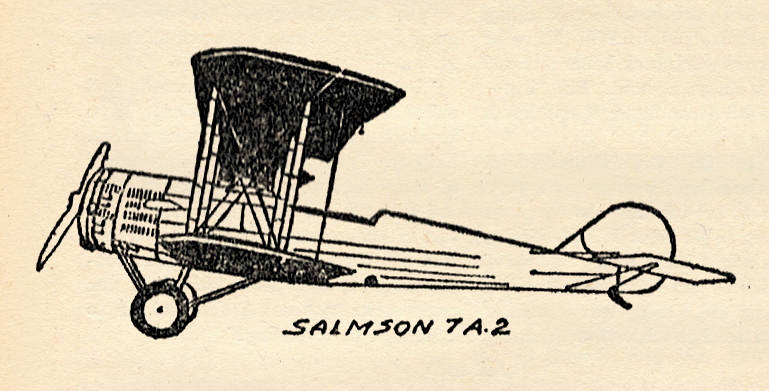
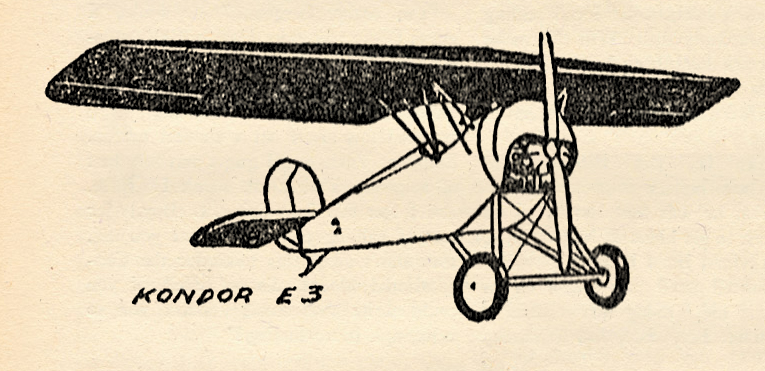
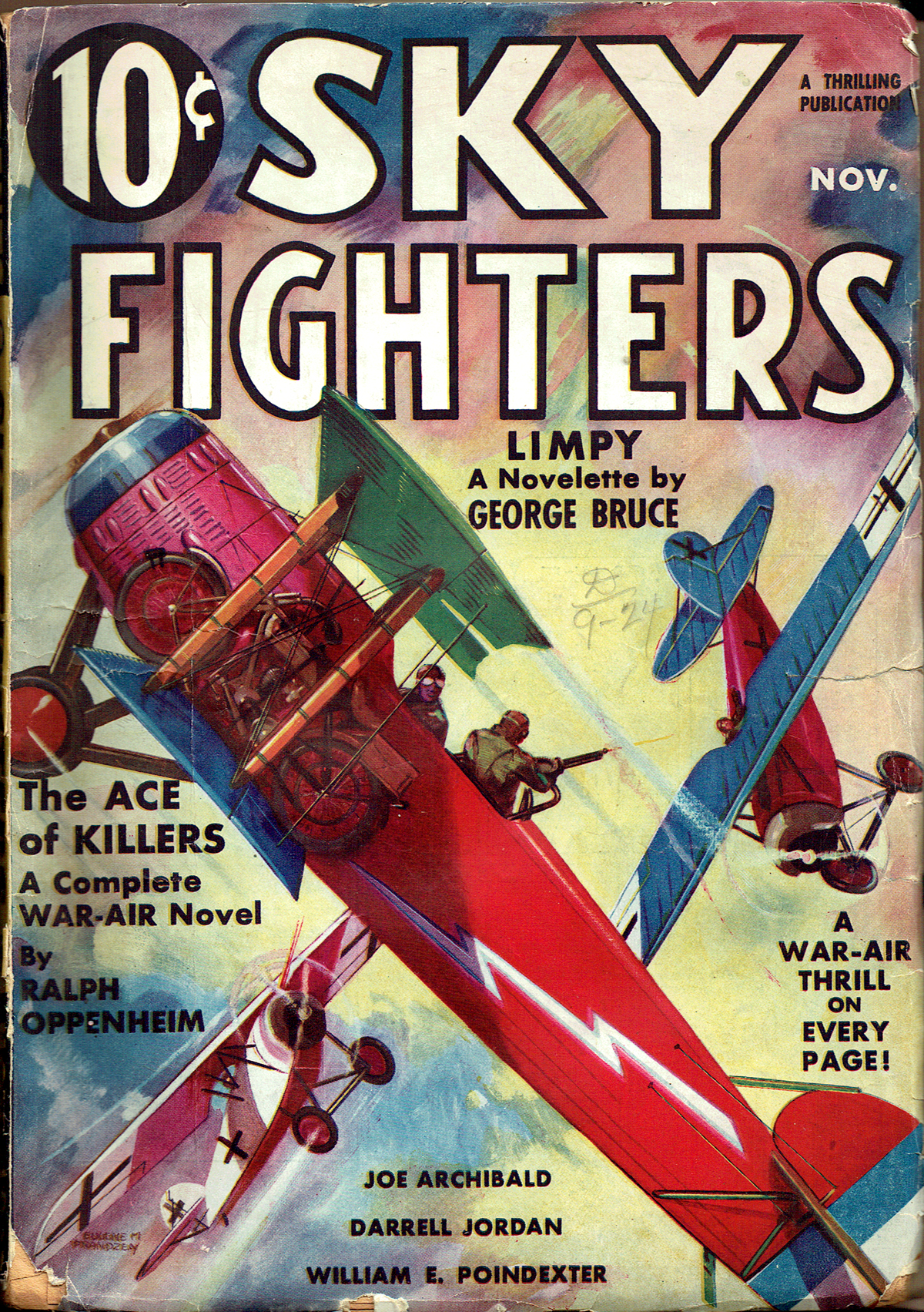
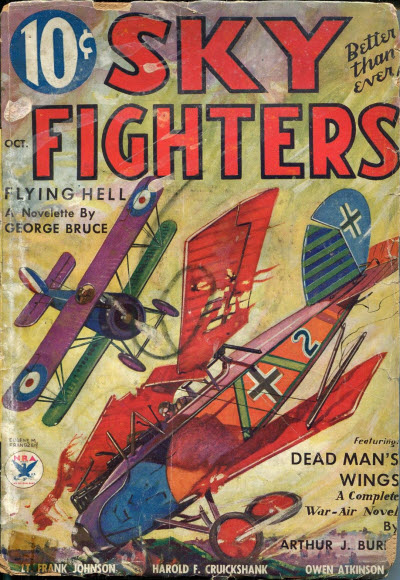 Silent Orth—ironically named for his former penchant to boast, but blessed with the skills to carry out his promises—is faced his a choice. He’s ordered to retrieve a spy with valuable information that could save the lives of thousands from behind the lines, but, at the same time his best mate is to face a German firing squad! Save the Spy or save his friend . . . . or save both? Impossible! But if anyone could do it, Orth could! From the pages of the October 1934 issue of Sky Fighters, Silent Orth flies toward his “Zero Hour!”
Silent Orth—ironically named for his former penchant to boast, but blessed with the skills to carry out his promises—is faced his a choice. He’s ordered to retrieve a spy with valuable information that could save the lives of thousands from behind the lines, but, at the same time his best mate is to face a German firing squad! Save the Spy or save his friend . . . . or save both? Impossible! But if anyone could do it, Orth could! From the pages of the October 1934 issue of Sky Fighters, Silent Orth flies toward his “Zero Hour!”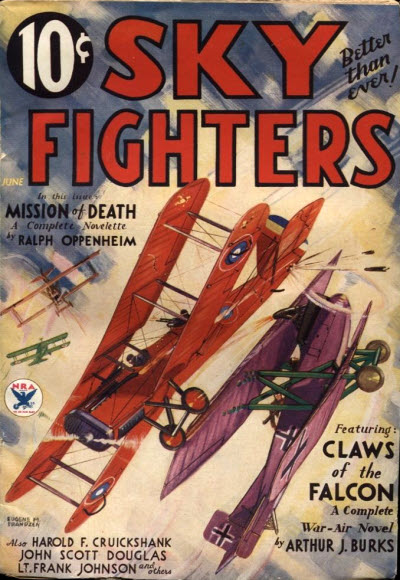 a story by another of our favorite authors—
a story by another of our favorite authors—